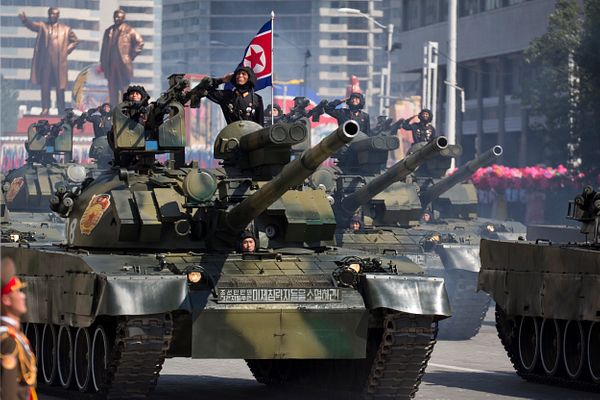The SCO Summit and Pakistan-India Relations

Introduction
The Shanghai Cooperation Organisation (SCO), which has six member countries and was founded in June 2001, is a pan-continental organisation that is quickly growing. Its main focus is on the political, economic, and security problems of Central Asia. In its early years, the SCO was made up of China, Russia, and four Central Asian countries. Since then, it has grown into an organisation with full members India and Pakistan in 2017. Even though there were already competing geopolitical forces, this addition was a step towards making a bigger map of regional cooperation.
The 23rd Meeting of the Council of the Heads of Government of the SCO is set to take place in Islamabad in October 2024. This meeting has gotten a lot of attention because it is supposed to be a typical one with a lot of leaders attending. The foreign minister of India, Subrahmanyam Jaishankar, will be visiting Pakistan for the first time in five years next month. This meeting is not just another diplomatic contact; it is an important one. Before this meeting, there hadn’t been any contact between the two countries since 2012, and things got worse after the Pulwama attack in Indian-controlled Kashmir in 2019. Because of this, Jaishankar’s physical presence in Islamabad is not only important, but it could also have diplomatic value in the complicated politics of South Asia.India and Pakistan are two members of the SCO that have had a complicated and sometimes hostile relationship in the past. As their cooperation grows, this could be both a challenge and a chance for the organisation. The recent summit in Islamabad allowed people to talk about the most important issues, such as security and economic cooperation. It was also important for people who wanted to see peace in an area that has a history of conflicts and confrontations.
Bilateral Challenges
The next SCO summit in Islamabad seems like it would be a good idea because of the current diplomatic problems between SCO countries, especially between India and Pakistan, and the fact that India’s Foreign Minister, Subrahmanyam Jaishankar, has taken very firm stances. Before his planned trip to Israel next month—the first one by an Indian foreign minister in almost ten years—Jaishankar made it clear that the summit would not include a separate meeting with the Pakistani group. In interviews with the media, he has said that he really wants to be a part of the SCO’s diplomatic forum as a multilateral organisation. This kind of organisation tends to keep things diplomatic and not bring up the two-way problems that have been a part of India-Pakistan ties for decades.
This diplomatic move comes at a time when tensions between the two neighbours have been rising since 2019 when terrorists attacked a part of Kashmir that India controlled, and then India attacked inside Pakistani territory. When these things happen, they sometimes make it impossible for two countries to get along because they blame the other of supporting and hosting insurgencies. Pakistan and India are both nuclear powers, and they have a history of wars and disagreements with each other, mostly over Kashmir, which both countries claim as their own but only control parts of.
SCO’s Role and Future Prospects
The Shanghai Cooperation Organisation (SCO) has been a good way to talk about security and economic issues in Central Asia. Over the past 15 years, the SCO has slowly gotten better at resolving border disputes between its member states. This is especially true among the Central Asian states, where it has been able to negotiate and settle more than 90% of the disputes. The success story shows how this group can bring about stability by working together on security and diplomacy. Aside from that, the SCO has been very important in fostering economic partnership and integration. Its members are working hard to improve trade and transport infrastructure in the area. But there are many things that will have to work together for this to happen in the SCO framework and with India and Pakistan. ICA to be mediated by SCO is a tough nut to crack because of the many times that politics and territory issues have gotten in the way of the relationship between India and Pakistan. Because of these tensions, the next meeting in Islamabad will not be like the others, even though they happen often. It’s a tough test of the SCO’s ability to provide a place for people to talk, even if the conversation isn’t directly about the two countries’ problems.

But even now, the attention on this multilateral format can be very important: At the SCO meeting, India’s foreign minister made it clear that the country was not ready for bilateral talks. Increasing security and cooperation in the area can help India and Pakistan get over their mutual suspicions and start to work together again, which is also good for both countries. There’s a chance that the fact that both countries are working together will lead to CBMs that will help focus future talks. Finally, it’s important to note that the SCO meeting we’ve been talking about has effects that go beyond the short term. It tests the organization’s ability to handle complex member state relationships like the ones between India and Pakistan. A good result at this meeting that only affects multilateral issues could be seen as the SCO slowly becoming a major regional organisation that can promote and protect peace. So, the SCO’s future depends on both how well it continues to play the role of a regional peacemaker in disputes between its traditional member states and how well it adapts its methods to deal with new, more serious, politically sensitive conflicts that are important to world politics.
The SCO is still a major player in Central Asia and the surrounding area. The organization’s actions show how important it is to use multilateral structures to handle complex processes. The 23rd Meeting of the Council of the Heads of Government of the SCO, which will take place in Islamabad soon, will emphasise this role, especially in light of the tense situation between India and Pakistan. India’s Foreign Minister Subrahmanyam Jaishankar gave Pakistan the middle finger and said that India was not interested in having bilateral talks with them at the summit. However, the fact that all of these countries are willing to work together suggests that there may be a chance for indirect diplomacy and building trust.
Groups like the SCO are important because they help countries that have a past of fighting figure out how to work together better. They give member states a place to talk about things that are important to both of them that might not be clearly defined in bilateral relationships, like economic growth, security, and safety. In the case of India and Pakistan, the SCO may not call for an instant end to their long-running conflicts, but it can help make conditions better for future talks by letting people work together on bigger issues. In terms of what will happen in the future, it is possible that the SCO summit will change the focus to the region’s peace and security. While any direct bilateral talks between India and Pakistan may be sometime off, the mere interaction of these countries within the SCO could provide the basis for more serious negotiations at a later point. So, this summit isn’t important for the diplomacy talks that are happening today. It’s important for the chance of a new era of regional security. The people around the world are looking forward to seeing if the ideas of multilateralism will win out and make the world a better place to live in peace and cooperation for the political leaders in this area.

 The defence of Lahore
The defence of Lahore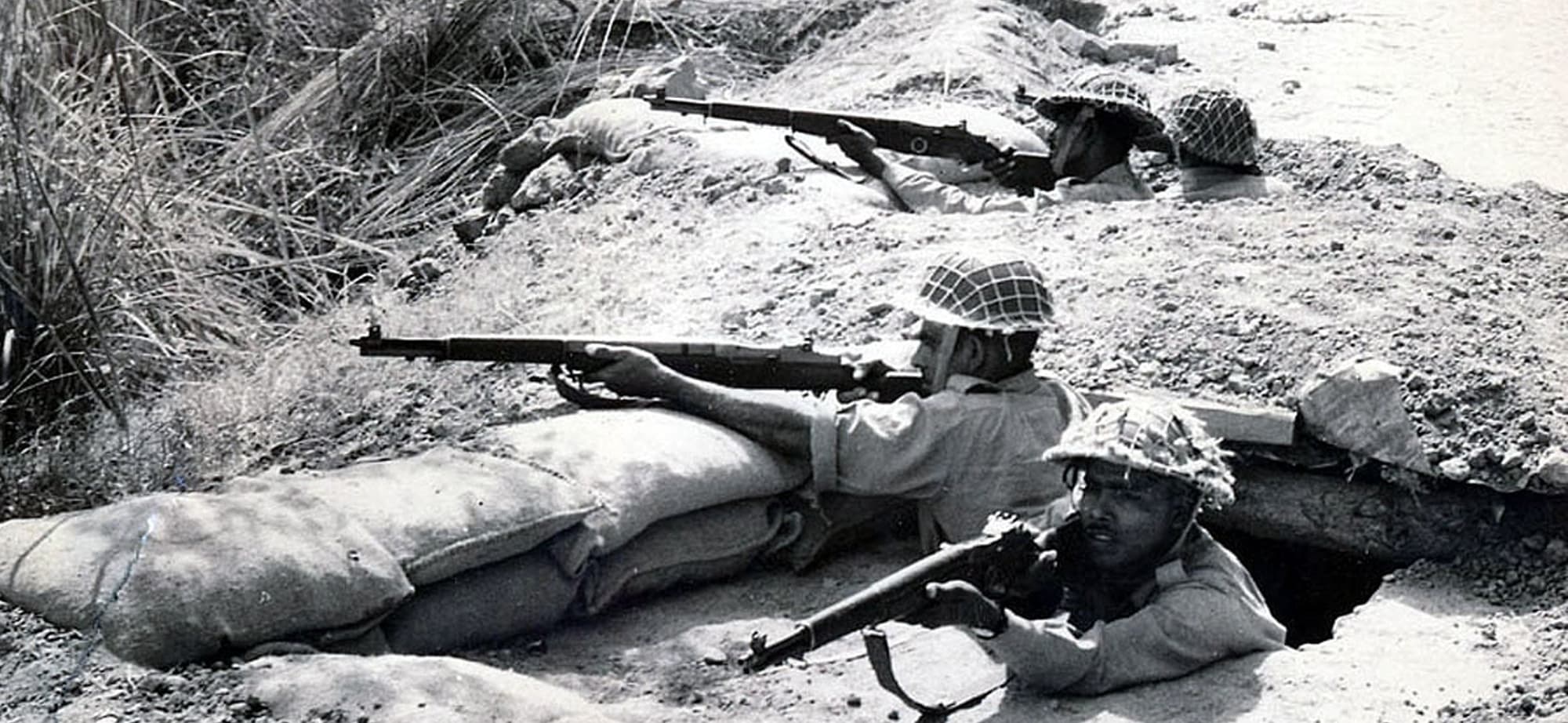 Operations at sea, such as “Operation Dwarka”
Operations at sea, such as “Operation Dwarka”




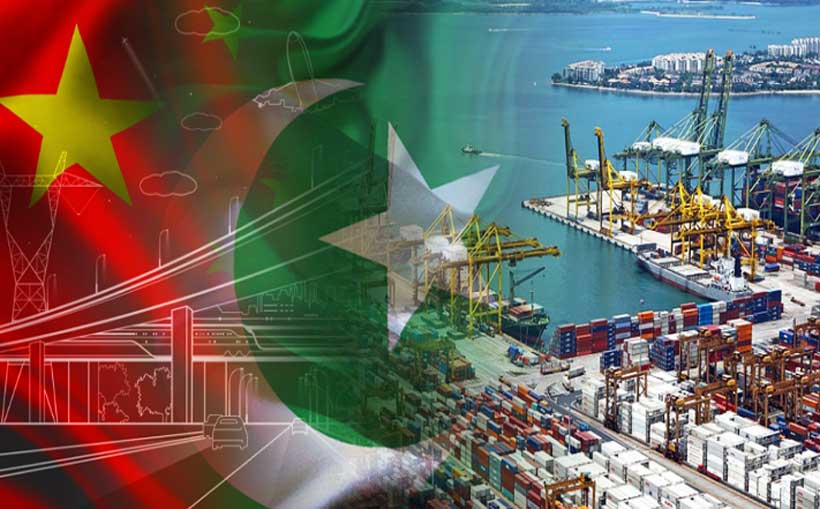
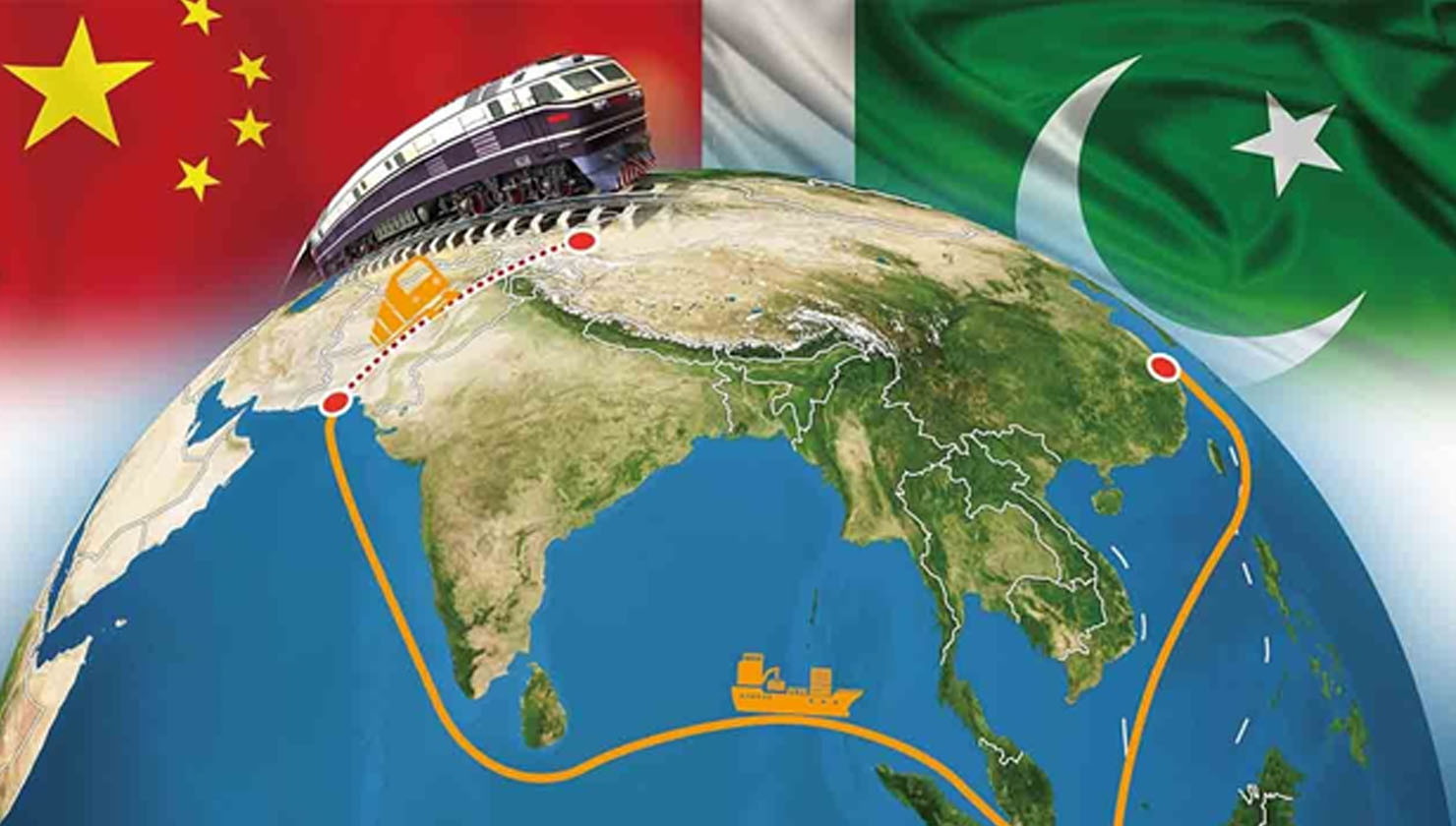

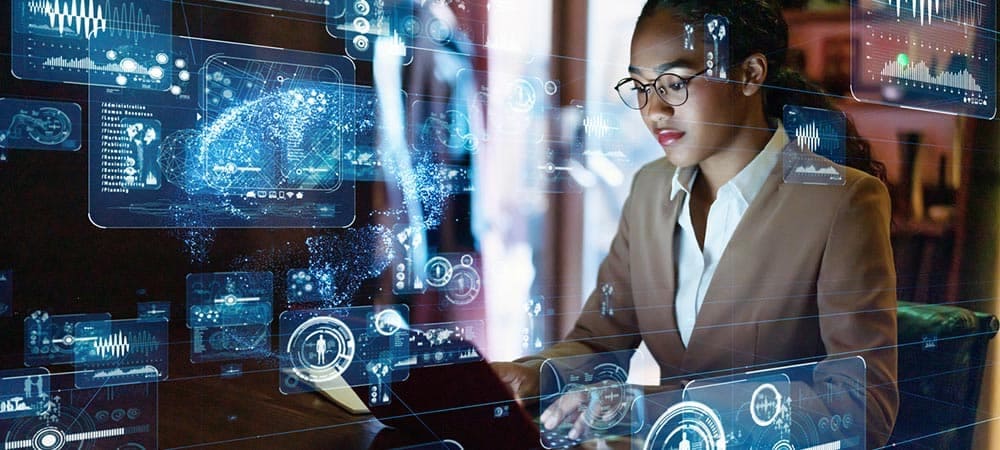




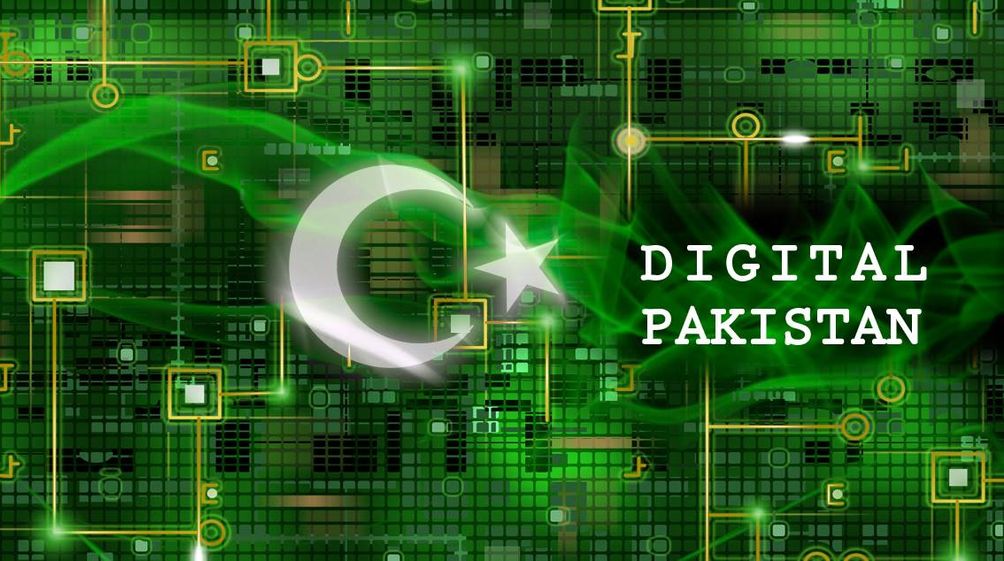
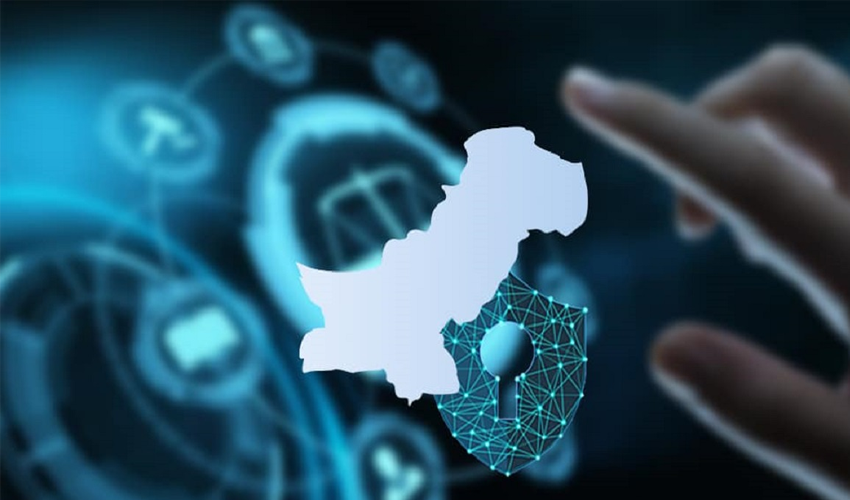 Digital Transformation
Digital Transformation
